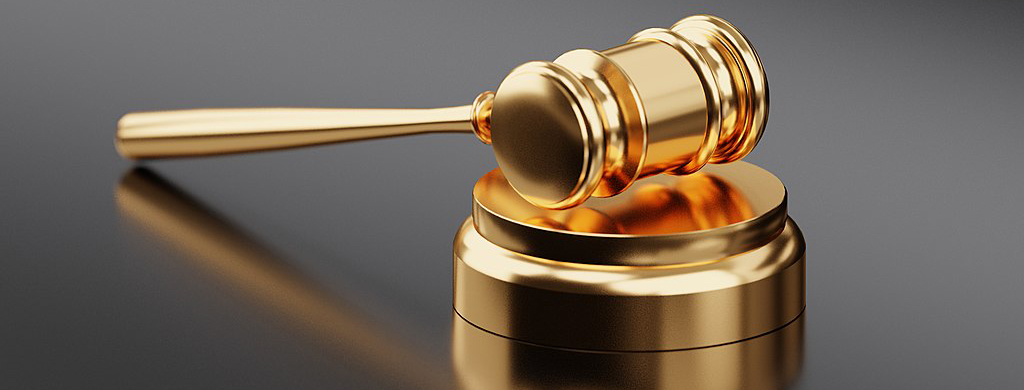
Is Selling Your Antiques at an Auction the Right Thing To Do?
Are you considering selling your antiques, fine art, collectibles, or jewelry at an auction? Depending on your circumstances, it can be an excellent strategy, however, there is a lot to know BEFORE you take the first steps.
A New York City auction can be an effective way to sell your items, and this is especially true when you have an object that is high in value. Here are some things you must take into consideration:
Benefits of Auction
One of the major benefits of selling at auction is that your item gets the exposure it needs. Your potential buyers don’t need to be on-site at the auction house and instead can submit absentee bids, as well as phone and internet bids.
Additionally, and equally as important, the auction house works for you and will begin to market your item once it is in their possession. This includes photographing and cataloging the item, as well as sending emails and catalogs to prospective buyers to alert them about the upcoming auction. Their goal is to help you get the highest price making it a win-win for both you and the auction house.
Drawbacks of Auction
Many sellers are eager to sell at auction UNTIL they learn about the time that is required. The major auction houses will typically require 3 to 6 months before the auction occurs, and an additional 4 to 8 weeks before you receive payment. The time frame is reduced significantly if you work with a smaller auction house, as they don’t do extensive marketing prior to the auction.
Auctions may also charge numerous fees and in extreme cases, you may receive just one-half of the final hammer price. It’s imperative that you understand the fees BEFORE putting the item in an auction.
The truth is that it’s impossible for anyone to make a guarantee about what will happen at an auction. You can get some information and estimates by reviewing prior sales, however, there is no guarantee about who will be bidding on YOUR item on the day of the auction, and there will always be a chance that your item will not sell.
Final Thoughts
It can be difficult working with an auction house, however, If you have a rare piece of fine art that has the potential to bring a great deal of money, auctions can be a good choice.
We can help you with this endeavor and we do not charge any fees for our services. We work with all of the major NYC auction houses, and the smaller ones, too.
Auction Terms
Buy-Back Fee
The buy-back fee is the amount an auction charges the consigner if the item does not sell.
Buyer’s Premium
The buyer’s premium is the amount a buyer must pay in addition to the selling price. In most New York City auction houses the buyer’s premium is 25%. If an item sold for $1000 and the buyer’s premium is 25%, then the buyer needs to pay $1,250.
Catalogue Raisonné
The Catalogue Raisonné is a list of works done by a specific artist. Many artists have a specific person (or people) that are in charge of authenticating their artwork. Many details may be included when the experts go over the artwork. These may include condition, size, signature, provenance, date of work and more.
Consigner
The consigner is the seller or person turning the item over to the auction.
Estimate
Estimate is the price range that the auction feels would be appropriate for your item. If the estimate is $1,000-$2,000 the auction believes that the low price of your item would be $1,000 and the high price would be $2,000.
Hammer Price
The hammer price is the amount of the highest bid. This does not include the buyer’s premium or seller’s commission.
Insurance Fees
The insurance fees are the charges for insuring your item. This fee can range anywhere from 1%-5%.
Provenance
The provenance is the background of the item you are selling. It basically is a description of the items history and how it came into your possession. The provenance can have a huge effect on value. If you have a painting that was given to you (or a family member) by the artist, the value would be higher than normal. If you purchased the item from a reputable store/auction house it will also help to increase the value. In comparison, if you bought the item at a garage sale, the provenance is not very good. The more proof you have of how you acquired the item, the better. This may include sales receipts, auction records, appraisals, or anything else that can prove the item is legitimate.
Reserve
The reserve is the minimum amount an item may sell for at auction. If the item is estimated $1,000-$2,000, it may have a reserve of $500 or $750. Every auction is different and some even have no reserve. This means any bid will win the auction item.
Seller’s Commission
The seller’s commission is the % amount the auction charges the seller. These are the fees that the auction takes of the final hammer price. If you pay 15% sellers’ commission on an item that sold for $1000 than you will end up getting $850. (Most larger auction houses charge additional fees including photo fees, shipping fees, insurance fees and more).
